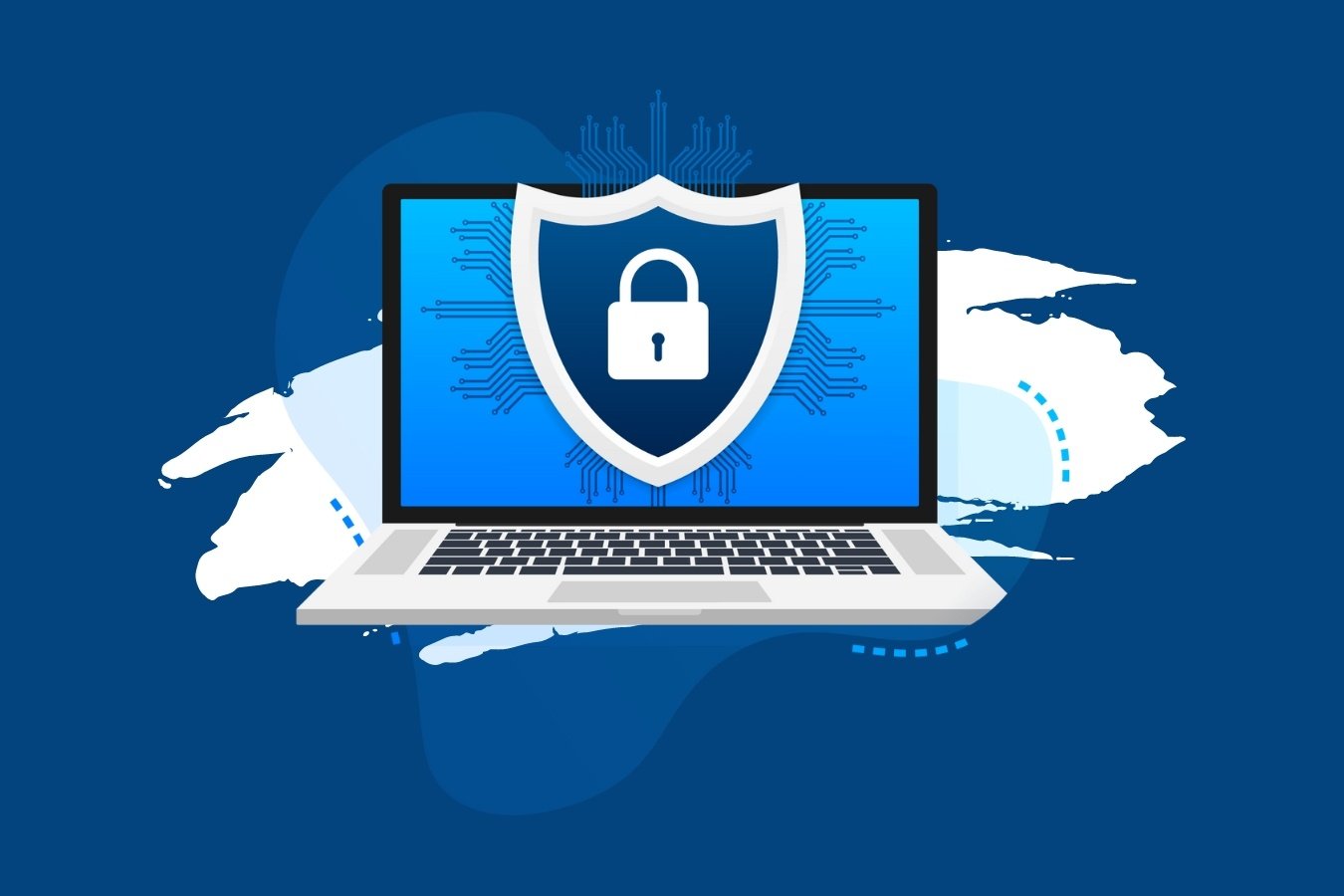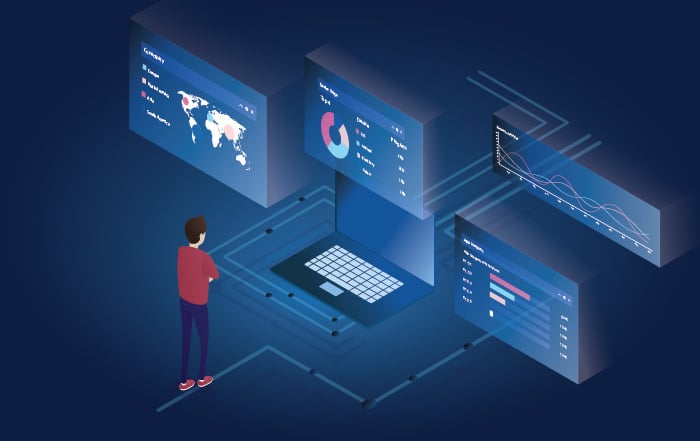SEO Tips for Service Providers
As technology advances every day, the digital world becomes more competitive. There are many different tactics used to stay ahead of your current...

The quality of service delivered directly influences not only the satisfaction of individual subscribers but also profoundly impacts the overall reputation and success of the business. It directly influences customer loyalty, brand perception, and, ultimately, the overall success of a business.
Beyond the mere provision of connectivity, subscriber experience encompasses a spectrum of factors, including network performance, customer support, and security. A positive experience translates not only to satisfied customers who enjoy faster speeds and lower latency but also to a bolstered business reputation. This blog explores the pivotal role of subscriber experience and unveils eight strategic approaches to elevate it to new heights!
At its core, optimizing network infrastructure involves refining the architecture and performance of the network, aiming to deliver faster speeds and lower latency to end-users. Providers can achieve this by investing in advanced hardware, adopting efficient routing protocols, and regularly updating their systems. Successful network optimization not only results in a smoother and more responsive user experience but also contributes to increased overall network reliability.
Implementing Quality of Service (QoS) Policies refers to the ability to prioritize and manage network traffic, ensuring that critical applications receive the necessary bandwidth and resources, leading to a more consistent and reliable user experience. By strategically implementing QoS policies, providers can guarantee a smoother and more efficient flow of data, mitigating issues such as latency and packet loss. Practical steps involve identifying and classifying types of network traffic, setting priorities, and implementing traffic management mechanisms.
Regular network monitoring emerges as a foundational strategy for internet and fiber providers aiming to elevate subscriber experience. This entails consistent and proactive surveillance of network performance, offering providers real-time insights into the health and efficiency of their systems. The benefits are: firstly, it allows providers to identify potential issues before they impact subscribers, preventing disruptions in service. Secondly, it enables continuous optimization, ensuring that the network operates at peak efficiency.
Upgrading involves the periodic replacement or enhancement of physical components such as routers, switches, and servers. The primary benefit lies in the direct impact on the subscriber’s quality of service, translating to improved speeds, reliability, and overall connectivity. Identifying when hardware upgrades are necessary involves monitoring performance metrics, considering technological advancements, and anticipating future demands. The investment in modern equipment pays dividends, providing providers with the capacity to meet growing subscriber needs, support advanced technologies, and adapt to evolving network challenges. By staying at the forefront of hardware capabilities, providers ensure a technologically robust infrastructure, laying the groundwork for an optimized and superior subscriber experience.
This approach involves tailoring interactions to individual customer needs, fostering a stronger and more meaningful relationship. The benefits extend beyond technical aspects, as personalized communication humanizes the provider-customer interaction, building trust and loyalty. In an ISP context, strategies may include targeted email campaigns, personalized service recommendations, and acknowledging customer preferences. Effectively managing personalized communication necessitates the use of sophisticated software tools. Utilizing Customer Relationship Management (CRM) systems such as HubSpot can streamline data management, enabling providers to track customer interactions, preferences, and feedback seamlessly.
This strategy encompasses the delivery of timely, helpful, and personalized assistance to address subscriber needs. Exceptional customer support involves active listening, timely responses, and a customer-centric mindset. Implementing proactive approaches, such as precautionary issue resolution and personalized assistance, can elevate the support experience. By prioritizing exceptional customer support, providers not only rectify technical challenges but also cultivate a positive relationship with subscribers, instilling confidence and loyalty that goes beyond the realm of connectivity.
Educating subscribers empowers them to make the most of their connectivity, ensuring a seamless and satisfying online experience. Secondly, it contributes to a more informed and tech-savvy user base, reducing the likelihood of common issues arising from misconceptions or misuse. Providers can impart knowledge through diverse channels, including blog posts, video tutorials, and interactive webinars. Successful subscriber education initiatives showcase real-world applications, demystifying technical aspects and fostering a sense of collaboration between the provider and the user.
Taking security measures involves a strategic focus on safeguarding both the provider’s infrastructure and the sensitive data of subscribers. The benefit is profound, ensuring not only the integrity and reliability of the network but also fostering a sense of trust among subscribers. Enhancing security measures involves implementing encryption protocols, regular security audits, and staying alert of evolving cyber threats. Providers must prioritize data and privacy protection, offering subscribers a secure digital environment. Examining real-world examples of security breaches underscores the strategy, highlighting how proactive security measures could have prevented significant disruptions.
From optimizing network infrastructure to prioritizing security measures, each strategy contributes to a holistic and seamless subscriber experience. By implementing these measures, providers not only address technical aspects like faster speeds and lower latency but also cultivate strong customer relationships. By embracing this continuous improvement mindset, providers pave the way for a sustained and unparalleled subscriber experience!

As technology advances every day, the digital world becomes more competitive. There are many different tactics used to stay ahead of your current...

3 min read
Cybercrime has vastly changed in the last 20 years, and the way we protect ourselves has had to change too. These days, hackers are using...

In an era where connectivity reigns supreme, the demand for reliable and efficient internet service has reached unprecedented heights. Behind the...